Photo Gallery for Uresiphita reversalis - Genista Broom Moth | 66 photos are available. Only the most recent 30 are shown.
|
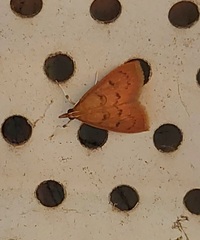 | Recorded by: Mark Basinger on 2023-10-28
Brunswick Co.
Comment: | 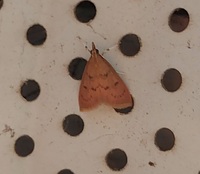 | Recorded by: Mark Basinger on 2023-10-28
Brunswick Co.
Comment: |
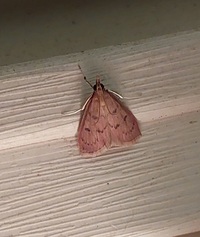 | Recorded by: Mark Basinger on 2023-10-28
Brunswick Co.
Comment: | 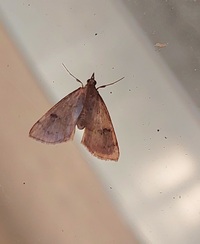 | Recorded by: Mark Basinger on 2023-09-28
Wilson Co.
Comment: |
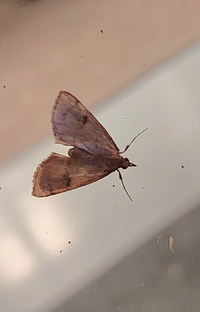 | Recorded by: Mark Basinger on 2023-09-28
Wilson Co.
Comment: |  | Recorded by: Mark Basinger on 2023-09-03
Brunswick Co.
Comment: |
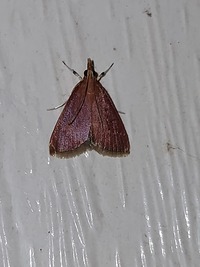 | Recorded by: Mark Basinger on 2023-09-02
Brunswick Co.
Comment: |  | Recorded by: Mark Basinger on 2023-09-02
Brunswick Co.
Comment: |
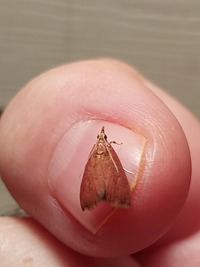 | Recorded by: Mark Basinger on 2023-08-20
Brunswick Co.
Comment: |  | Recorded by: Mark Basinger on 2023-08-20
Brunswick Co.
Comment: |
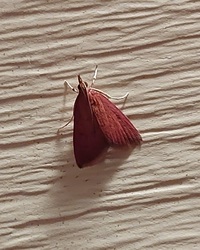 | Recorded by: Mark Basinger on 2023-08-20
Brunswick Co.
Comment: | 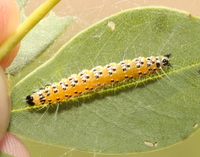 | Recorded by: David George on 2023-08-08
Orange Co.
Comment: |
 | Recorded by: Simpson Eason on 2023-08-03
Durham Co.
Comment: | 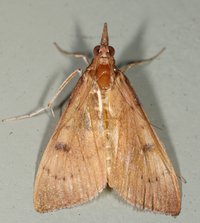 | Recorded by: John Petranka on 2023-07-06
Orange Co.
Comment: |
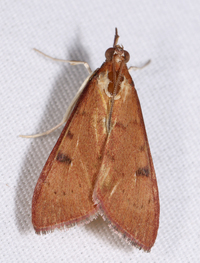 | Recorded by: John Petranka on 2023-07-04
Orange Co.
Comment: |  | Recorded by: David George on 2022-09-28
Orange Co.
Comment: |
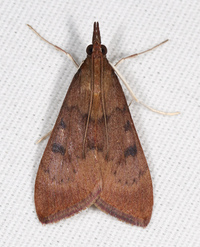 | Recorded by: John Petranka on 2022-09-26
Orange Co.
Comment: |  | Recorded by: Simpson Eason on 2022-08-20
Durham Co.
Comment: |
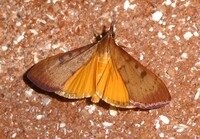 | Recorded by: Simpson Eason on 2022-08-17
Durham Co.
Comment: | 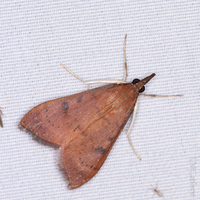 | Recorded by: David George, L. M. Carlson on 2022-08-03
Orange Co.
Comment: |
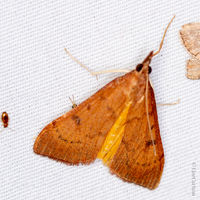 | Recorded by: David George, L. M. Carlson on 2022-07-30
Orange Co.
Comment: |  | Recorded by: David George, Becky Watkins on 2022-07-24
Orange Co.
Comment: |
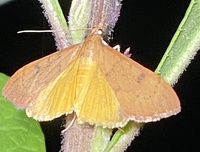 | Recorded by: David George, L. M. Carlson on 2022-07-14
Orange Co.
Comment: |  | Recorded by: Simpson Eason on 2022-06-27
Durham Co.
Comment: |
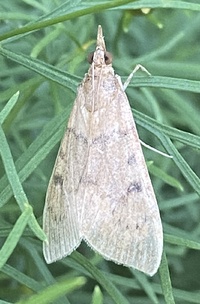 | Recorded by: David George on 2022-06-12
Orange Co.
Comment: | 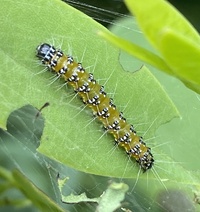 | Recorded by: David George, Becky Watkins on 2022-06-11
Orange Co.
Comment: |
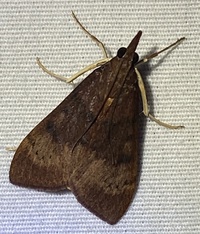 | Recorded by: David George, L. M. Carlson on 2021-10-22
Orange Co.
Comment: | 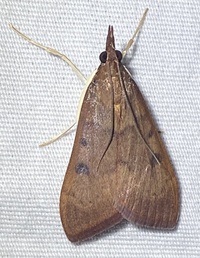 | Recorded by: David George, L. M. Carlson on 2021-10-08
Orange Co.
Comment: |
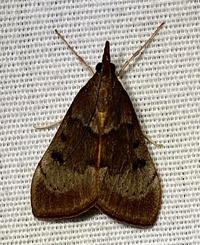 | Recorded by: David George, L. M. Carlson on 2021-10-03
Orange Co.
Comment: | 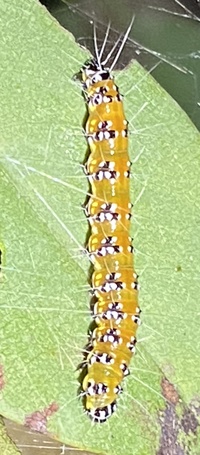 | Recorded by: David George, L. M. Carlson on 2021-10-03
Orange Co.
Comment: |
|